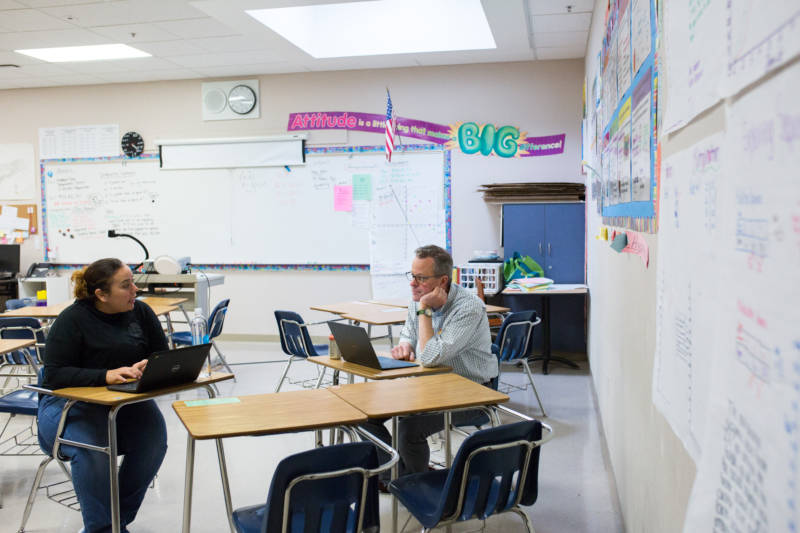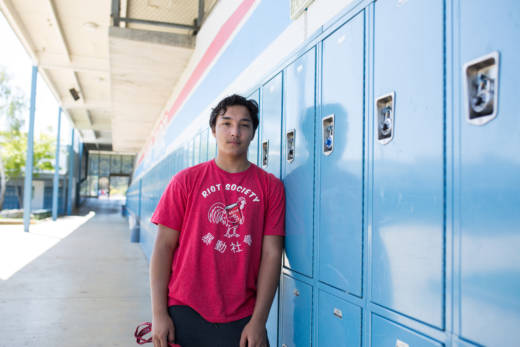High school is an important time in the life of any teen: hormones are raging, social cliques are forming and the pressure is on to develop a college résumé. Teens gain more independence as they get older, but adults also expect more from teens without providing as much of the nurturing and guidance of their earlier years. Starting high school is a big transition and, it turns out, the ninth is grade a pivotal moment for teens’ potential success or failure in high school.
When students enter ninth grade at a traditional high school, they experience “ninth grade shock.” Kids experience a “dramatic drop” in their academic performance once they transition to high school, according to research conducted by Nikolas Pharris-Ciurej while at the University of Washington.
The differences are understandable in this period of change — in addition to adjusting to a bigger school environment, students are faced with more rigorous coursework that carry greater consequences. Many students get back on track and recover, but researchers have found that students who fail courses in the ninth grade have a harder time recovering and making up those credits; catching up to their peers becomes more difficult and these students face a greater risk of dropping out of high school.
At Hillsdale High School in San Mateo, California, educators are combatting “ninth grade shock” by developing the kind of community kids don’t want to miss. To create this environment, the public school applies strategies that are centered around relationship-building and meaningful work. Students enter the school belonging to a “house,” which is comprised of about 110 students, to help carve out smaller learning communities on this campus of about 1,400 kids. Students learn four core subjects (math, social science, English Language Arts and science) together within their house, and those subjects are taught by the same four teachers for both ninth and tenth grade. Students also stay in the same advisory for both years.
These four core subject teachers meet several times a week to discuss each student’s academic progress and personal dilemmas. Through sharing what they know about each student within their house, this team of teachers can see multiple sides of a student, not just what that child’s performance is in one subject.

“Since we’re sharing kids, nothing really gets through the cracks,” said House Marrakech social sciences teacher Danielle Robledo last spring. “We celebrate together we grieve together. We are a team with this one group of kids for two years and so you get to know people.”

